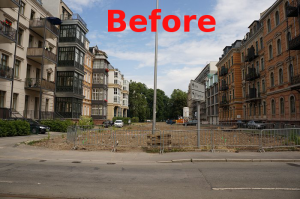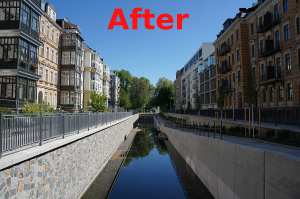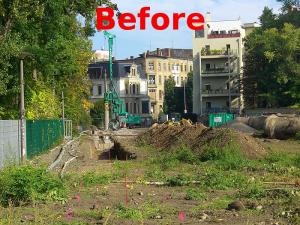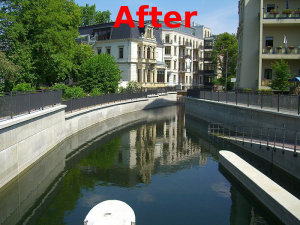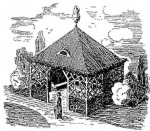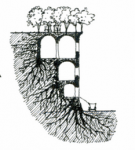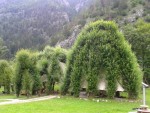Restoring degraded, concrete-encased urban streams is essential for healthy ecosystems and resilience to the coming impacts of climate change. In this area, the eastern German city of Leipzig has been busier than most.
The city of Leipzig, once home to Bach, Wagner and Mendelssohn and in 1989 a crucible of sorts for the Peaceful Revolution that led to the reunification of East and West Germany, has made itself a world leader in urban stream restoration over the last two decades, very much under the radar. Since the late 1990s the city has been reviving streams and canals that have been buried in underground pipes and paved over for the last 50 years, or simply silted up with mud, both in the city center and surrounding countryside. The formerly sooty, crumbling city core is now crisscrossed by tidy canals that, despite their intensely un-natural urban context and industrial history, are intended to provide at least some of the functions of natural streams.
Outside the city, no less than 26 lakes created by the closure of all but one of the area’s open-pit coal mines are being natur-ized (it’s not restoration per se because they were never natural lakes) and connected by natural and artificial waterways and locks to create a region-wide network entirely passable by small recreational boats and, it is hoped, fish.
